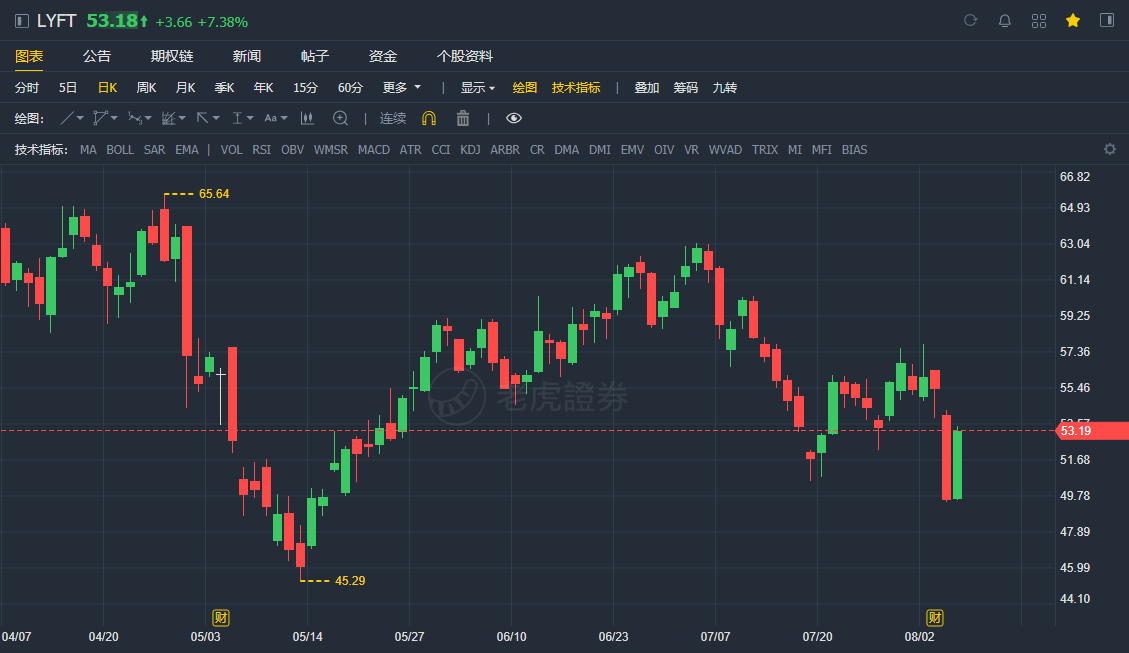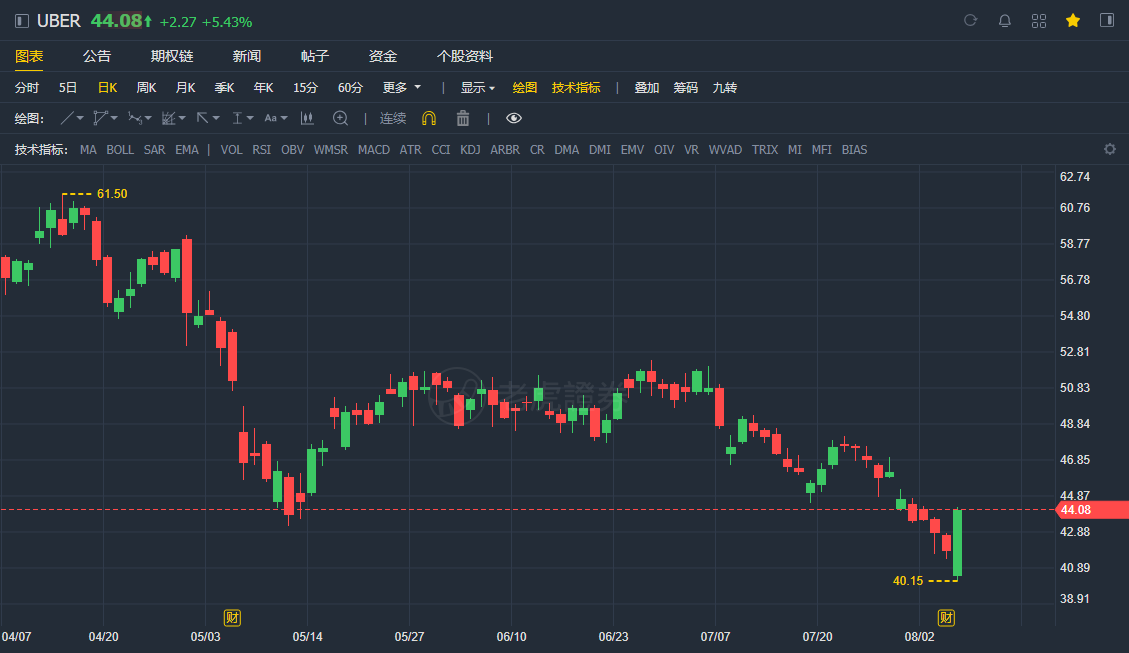(Update: August 5, 2021 at 11:12 a.m. ET)
Aug 5 (Reuters) - A return to business as usual for Uber Technologies Inc and its rival Lyft Inc has thrown up a new challenge to the ride-hailing firms looking for profitability - spend more to bring back drivers to meet the rising demand for rides.
Between the two, their spending plans have differed.
Uber shelled out $250 million in the second quarter and has now begun cutting back as it added more hands behind the wheels, while Lyft has decided to keep spending into the third quarter.
With trip demand so far outpacing driver supply, the ride-hail businesses risk alienating returning customers with higher prices and longer wait times if drivers fail to show up in big numbers.
Labor shortages have widely hampered an economic recovery in the United States, with the service industry struggling the most to find staff as enhanced U.S. jobless benefits, which are set to phase out in September, keep away workers for now.
"Despite the smaller pool of drivers available today, the benefits cliff in September is something Uber and the industry will benefit from," Angelo Zino, analyst at CFRA Research said.
Returning drivers to their platforms is crucial for both Uber and Lyft to grow even as they cut costs amid pressure from investors for profitability.
To focus on its core ride-hailing, food-delivery and freight services, Uber has sold capital-intensive businesses like self-driving and flying taxi units, while Lyft, a streamlined business compared to Uber, has also been keeping a tight lid on costs.
In their latest earnings calls, top executives of both companies faced questions from analysts, who have been keeping a close eye on their spending plans, on how Uber and Lyft plan to improve driver supply.
Uber finance head Nelson Chai said it was reducing direct driver incentives and was allowing drivers to keep a higher share of the fare, while keeping the amount it takes from each ride low.
"Unlike at Lyft, where margins improved sequentially, it seems Uber made less use of surge pricing to fund these driver incentives, resulting in the hit to profitability," Atlantic Equities analyst James Cordwell said.
Both companies have said riders in July were returning in greater numbers than at anytime before the pandemic started.
Lyft jumped over 7% in morning trading, Uber advanced 5%.
(Reporting by Tina Bellon in Austin, Texas, Akanksha Rana, Chavi Mehta and Aniruddha Ghosh in Bengaluru; Writing by Subrat Patnaik; Editing by Arun Koyyur)


Comments